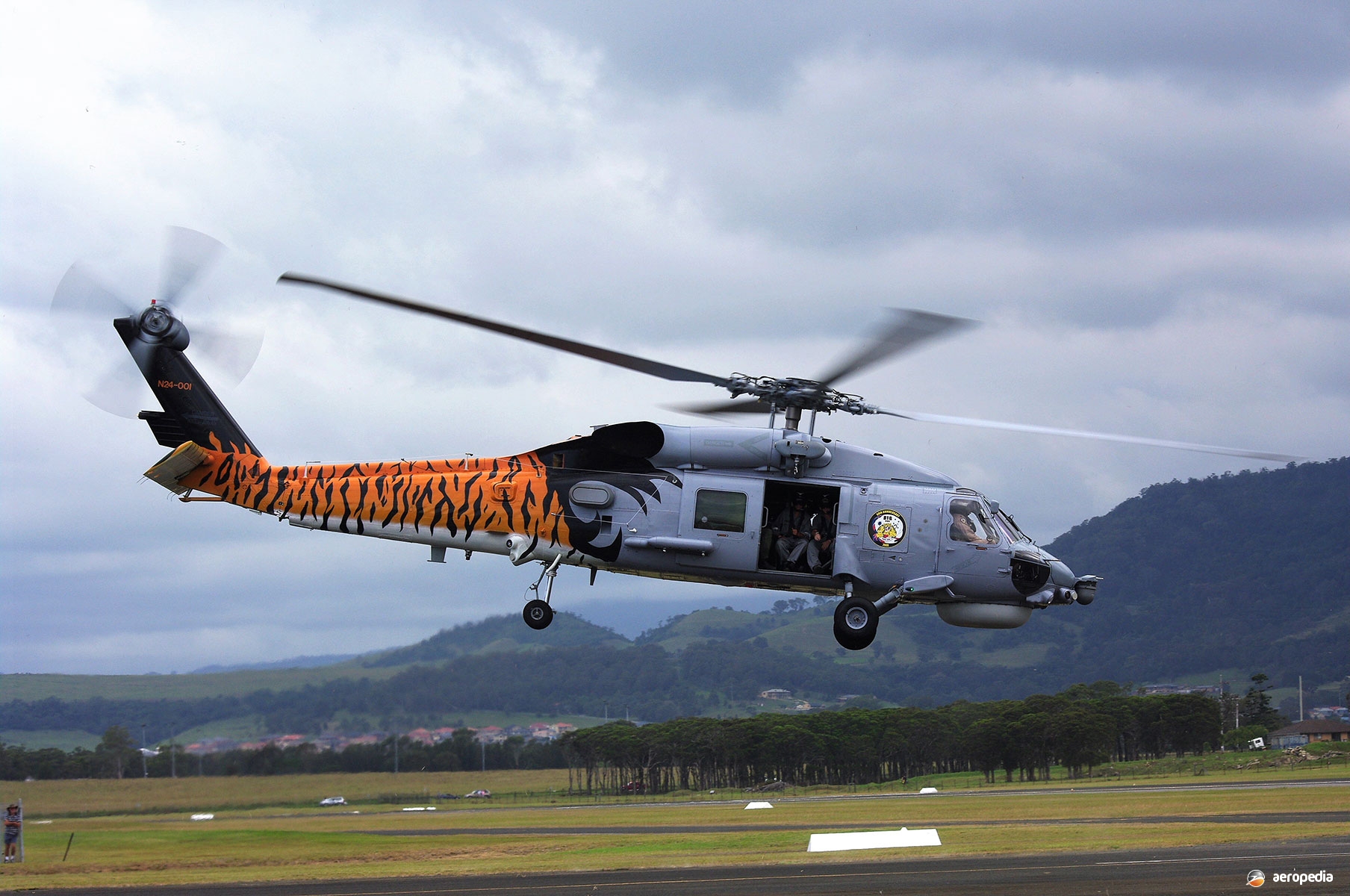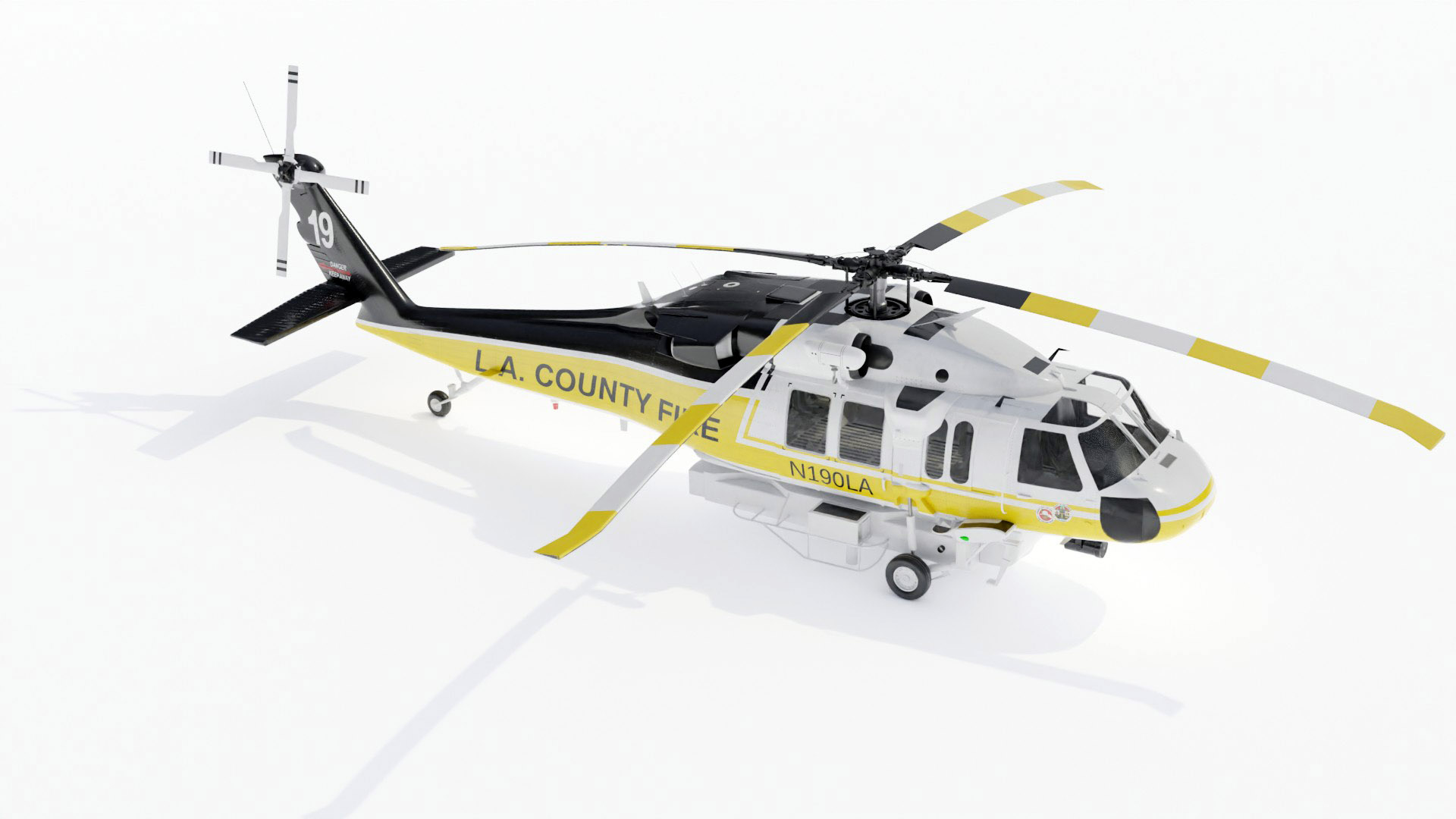How the Sikorsky S 70 Attracts Attention in the Helicopter Industry
How the Sikorsky S 70 Attracts Attention in the Helicopter Industry
Blog Article
High-Performance Multi-Role Rotorcraft Featuring Advanced Cabin Technologies and Integrated Sensing Unit Equipments
The world of rotorcraft innovation has seen noteworthy innovations in current times, specifically in the world of high-performance multi-role rotorcraft equipped with sophisticated cabin modern technologies and effortlessly integrated sensor systems. In the following discussion, we will certainly discover the evolution of rotorcraft technology, delve into the world of advanced cabin innovations, and analyze the effects of incorporated sensor systems on the operational adaptability and performance of modern-day rotorcraft.
Evolution of Rotorcraft Modern Technology
The advancement of rotorcraft modern technology has actually been marked by significant advancements in aerodynamics, products, and propulsion systems, shaping the capacities and performance of modern-day rotorcraft. Aerodynamic improvements have actually boosted the performance and maneuverability of rotorcraft, permitting for raised speed, agility, and stability during trip (sikorsky s 70). Advancements in products, such as making use of composite products and advanced alloys, have actually brought about lighter yet stronger rotorcraft structures, boosting total performance and durability. Furthermore, developments in propulsion systems, consisting of a lot more effective engines and innovative propulsion innovations, have actually allowed rotorcraft to attain higher elevations, faster speeds, and better payloads.
These developments have not only changed the capabilities of rotorcraft however have actually likewise expanded their applications throughout various markets, consisting of armed forces, industrial, and emergency solutions. The continuous advancement of rotorcraft technology remains to drive advancement in the field, pressing the boundaries of what is possible and shaping the future of upright trip.
Advanced Cabin Innovations
Structure upon the foundational innovations in aerodynamics, materials, and propulsion systems, the world of rotorcraft technology currently changes emphasis towards pioneering Advanced Cockpit Innovations. The combination of cutting-edge technologies within the cockpit atmosphere plays a vital role in boosting the operational capacities, security, and performance of modern rotorcraft. sikorsky s 70. Advanced Cabin Innovations encompass a vast selection of features created to give pilots with improved situational understanding, structured data monitoring, and user-friendly control interfaces
Among the key developments in cabin design is the implementation of glass cockpits, which replace conventional analog evaluates with high-resolution displays. These electronic systems provide customizable formats, real-time data assimilation, and improved readability, allowing pilots to gain access to essential info at a look. Additionally, progressed avionics systems, such as fly-by-wire controls and boosted reality screens, are changing just how pilots interact with the airplane, permitting precise control and boosted decision-making capacities.


Incorporating advanced cockpit technologies not just improves pilot performance but additionally contributes to total objective efficiency and safety and security in complicated functional settings. By leveraging state-of-the-art modern technologies within the cabin, rotorcraft manufacturers are setting brand-new requirements for operational excellence and objective success.
Integrated Sensing Unit Equipments
With the development of rotorcraft technology, the assimilation of advanced Integrated Sensing unit Solution has actually become paramount in boosting functional performance and security. These Integrated Sensor Solutions include a large range of technologies that provide essential data for numerous features such as navigation, security, targeting, and environmental tracking. By seamlessly integrating sensors like radars, electronic cameras, lidar, and infrared systems into rotorcraft, drivers can gain weblink from improved situational awareness, boosted mission abilities, and minimized pilot work.
One trick benefit of Integrated Sensor Systems is their capacity to collect real-time information and supply workable insights to pilots and goal drivers. Advanced radar systems can spot and track targets over long distances, allowing for early risk discovery and reliable action planning. Additionally, incorporating electro-optical and infrared cams allows rotorcraft to carry out reconnaissance and monitoring goals with precision and accuracy.
Fundamentally, the integration of sophisticated sensor technologies into rotorcraft not just improves functional effectiveness but additionally contributes dramatically to overall goal important source success and crew safety and security. As rotorcraft remain to develop, the duty of Integrated Sensing unit Solution will most certainly remain at the leading edge of advancement in the aerospace market.
Functional Flexibility and Performance
Enhancing operational adaptability and performance in rotorcraft is a natural progression from the assimilation of advanced Integrated Sensor Equipments. By leveraging the insights and information supplied by these cutting-edge sensor systems, rotorcraft can enhance their performance across numerous goals and environments.
Functional convenience includes the ability of rotorcraft to adapt to various duties and scenarios effectively. With innovative cockpit modern technologies and incorporated sensing unit systems, rotorcraft can perfectly shift in between jobs such as search and rescue, clinical evacuation, security, and extra. This adaptability boosts the rotorcraft's capability to meet diverse operational requirements without needing substantial reconfiguration.
Effectiveness in rotorcraft operations is important for making the most of goal performance and resource usage. Integrated sensor systems play a pivotal duty in enhancing operational effectiveness by giving real-time information on weather, terrain mapping, target tracking, and extra. This data allows pilots to make informed decisions quickly, enhance flight paths, save gas, and boost total goal productivity.
Influence On Modern Aeronautics Operations

Furthermore, the combination of sophisticated sensing units facilitates improved objective preparation and implementation, allowing rotorcraft to execute a wide variety of jobs with enhanced accuracy. From search and rescue operations to airborne firefighting and regulation enforcement goals, the abilities of modern-day rotorcraft outfitted with innovative cockpit technologies and integrated sensing unit systems are unparalleled.
Moreover, the influence of these developments prolongs beyond functional performance to cost-effectiveness and sustainability. By optimizing flight paths, fuel consumption, and upkeep schedules, high-performance rotorcraft equipped with innovative cabin modern technologies and sensing units contribute to reducing operational expenses and ecological impact, making them crucial properties in modern aviation procedures.
Final Thought
Finally, the high-performance multi-role rotorcraft with innovative cockpit modern technologies and incorporated sensing pop over here unit systems stands for a significant evolution in air travel modern technology. These technologies enhance functional versatility and effectiveness, eventually affecting modern aeronautics operations in a favorable means. The combination of these advanced technologies permits improved capacities and performance in various goal scenarios, showcasing the proceeded improvement of rotorcraft innovation in the air travel sector.
The world of rotorcraft modern technology has actually seen notable innovations in recent times, particularly in the world of high-performance multi-role rotorcraft equipped with sophisticated cockpit innovations and seamlessly integrated sensor systems. From improved mission flexibility to enhanced functional effectiveness, the merging of advanced cabin modern technologies and integrated sensor systems has actually ushered in a brand-new age of possibilities for rotorcraft applications. In the adhering to discussion, we will certainly discover the development of rotorcraft innovation, dig into the realm of innovative cockpit advancements, and take a look at the implications of incorporated sensing unit systems on the functional convenience and efficiency of contemporary rotorcraft.

Report this page